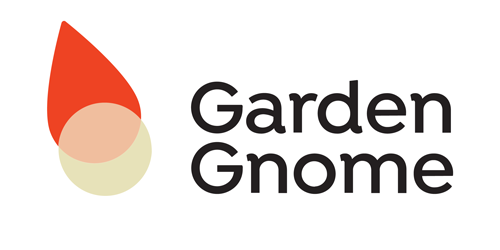The obvious problem is you're using FoV mode: Vertical, which is intended for Portrait/Mobiles. You can tell because when you change the width of the browser it simple reduces the 'window' on your panorama, instead of adjusting to the new size and zooming in/out to fit correctly.Neal wrote: ↑Tue Aug 04, 2020 8:23 pm One example: http://www.houseviewonline.com/Images/2 ... /pano.html
I think there are a lot of areas that I can improve.
See my recent post about it here: viewtopic.php?f=6&t=14932 (I'm going to get back to the quality/colour issues thread later, when I can work out what the heck is going on.)
As I replied in a previous thread: as your navigation method can't really work on mobile, you might be OK if you fudge the FoV, but it will look different on 16:9 Monitors, 4:3 monitors and superwide monitors. If you set up the FoV mode correctly to Diagonal, or ever do a panorama that is intended to also work on a mobile: you can't do much more than a crossfade with Transitions because they're currently FUBAR'd.
For FoV Mode: Vertical viewed on a 16:9 monitor, your Default FoV should be 70/75 degrees to look "normal". It would be 90/95 in FoV Mode: Diagonal, but the maths is currently fighting against you by stretching your Portrait view over a Landscape monitor.
You've also got a fair bit of noise, which you can avoid in the future by taking more exposure ranges, +/-4 and +/-2 and stacking them with some HDR software that is 360 image aware like EasyHDR. Alternatively, using Neat Image software will do a very good job of getting some of that noise out of your images.
DNGs from the camera are a waste of time. The internal processing libraries from the manufacturer that are used to generate the JPGs do a better job than any software I've tried to improve them. The .insp files can be merged and batch exported from the software easily enough, then recombined in EasyHDR. Stitching is OK if you calibrate the camera correctly, which is a bit of an art. Using a tripod and having no features less than 3 metres from the camera is required.

